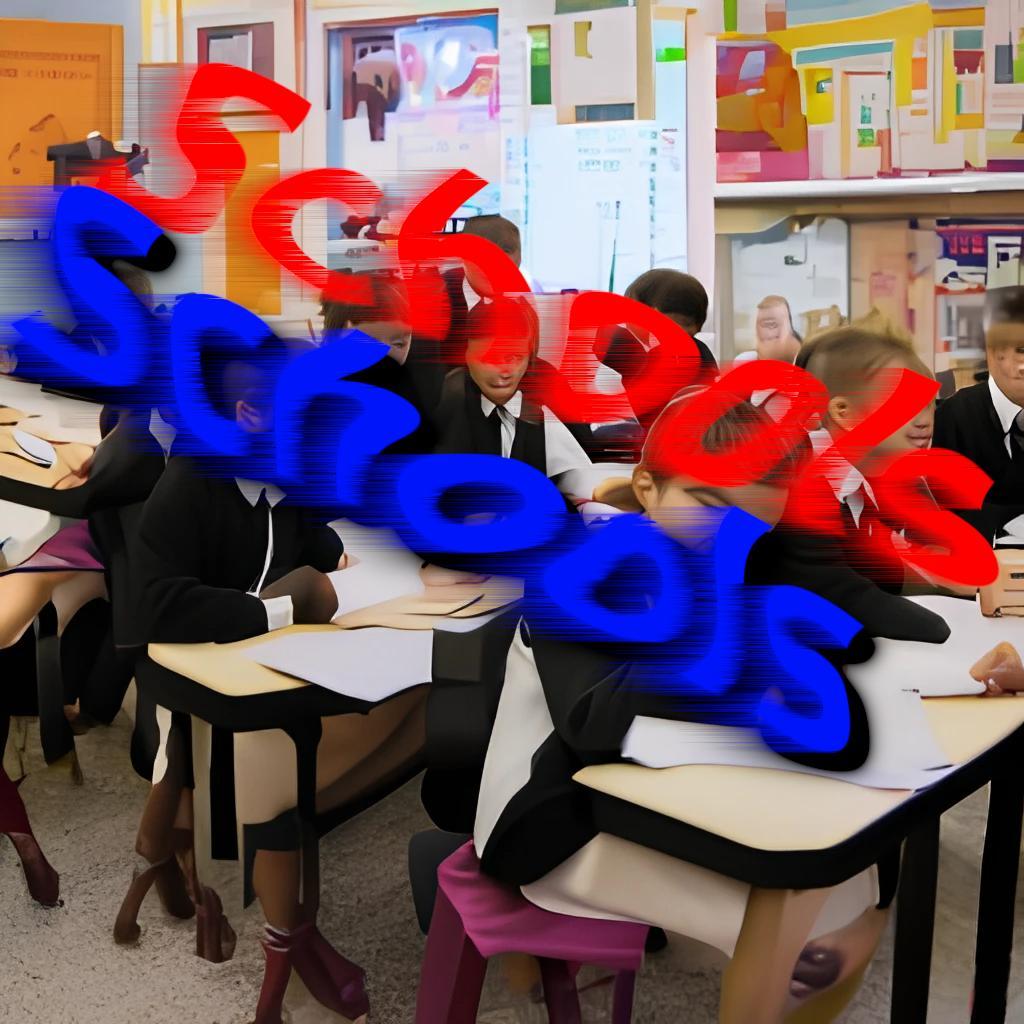


Education is a cornerstone of personal and societal development, and the foundation for a child's educational journey is often laid in schools and pre-schools. Choosing the right educational environment for a child is a critical decision for parents, impacting their academic, social, and emotional development. In this comprehensive guide, we'll explore the importance of schools and pre-schools, discuss key considerations for parents, and provide practical tips for fostering a positive educational experience for children.
The Importance of Schools and Pre-schools.
Early Learning and Development:
Pre-schools play a vital role in early childhood development. They provide a structured and nurturing environment where children learn essential social skills, emotional regulation, and cognitive abilities that form the foundation for future academic success.
Academic and Life Skills:
Schools, both primary and secondary, are the primary institutions for academic learning. They not only impart subject knowledge but also instill critical thinking, problem-solving, and teamwork skills essential for a child's overall development. Schools prepare students for future academic pursuits and equip them for life beyond the classroom.
Socialization and Community Building:
Both schools and pre-schools offer opportunities for socialization and community building. Interacting with peers, teachers, and staff helps children develop communication skills, empathy, and a sense of belonging. These social experiences contribute to a child's emotional intelligence and resilience.
Key Considerations for Parents.
Choosing the Right Pre-school:
When selecting a preschool, consider factors such as the school's philosophy, curriculum, teacher qualifications, and safety measures. Visit potential pre-schools, observe classroom environments, and inquire about daily routines to ensure they align with your child's needs and your expectations.
Researching Primary and Secondary Schools:
For primary and secondary education, research potential schools based on academic reputation, extracurricular activities, facilities, and teacher-student ratios. Attend open houses, talk to current students and parents, and gather information to make an informed decision about the best fit for your child.
Encouraging a Love for Learning:
Foster a positive attitude toward learning in your child. Encourage curiosity, engage in educational activities at home, and provide a supportive environment that celebrates both successes and challenges. Instilling a love for learning early on sets the stage for a lifelong pursuit of knowledge.
Practical Tips for Positive Educational Experiences.
Establishing a Routine:
Consistency is key in a child's educational experience. Establish daily routines that include dedicated time for homework, play, and relaxation. A structured routine provides a sense of security and helps children manage their time effectively.
Open Communication with Educators:
Maintain open communication with teachers and school staff. Attend parent-teacher conferences, participate in school events, and engage in discussions about your child's progress and challenges. Collaboration between parents and educators creates a supportive learning environment.
Nurturing Emotional Well-being:
Prioritize your child's emotional well-being alongside academic achievements. Be attentive to their feelings, address any anxieties or concerns, and teach them coping strategies for handling stress. A positive emotional foundation enhances overall resilience and happiness.
The terms "school" and "preschool" can have slightly different meanings in different countries, so here is a brief overview:
United States: In the United States, a school typically refers to an educational institution that provides formal education to children from kindergarten through 12th grade. Preschools are typically educational institutions that provide early childhood education to children from ages 3 to 5 before they enter kindergarten.
United Kingdom: In the United Kingdom, the term "school" generally refers to any educational institution that provides formal education to children, from primary schools (ages 5-11) to secondary schools (ages 11-18). Preschools are typically referred to as "nurseries" or "playgroups" and provide early childhood education to children from ages 2 to 4.
Australia: In Australia, a school refers to any educational institution that provides formal education to children, from primary schools (ages 5-12) to secondary schools (ages 13-18). Preschools are typically referred to as "kindergartens" and provide early childhood education to children from ages 3 to 5.
Japan: In Japan, the term "school" typically refers to educational institutions that provide formal education to children from primary school (ages 6-12) to high school (ages 15-18). Preschools are referred to as "yochien" and provide early childhood education to children from ages 3 to 6.
France: In France, the term "école" refers to primary schools (ages 6-11) and "collège" refers to secondary schools (ages 11-15). Preschools are referred to as "école maternelle" and provide early childhood education to children from ages 3 to 6.
(!) It's important to note that these are general guidelines and the specific definitions may vary within each country.
Choosing a school is an important decision that can have a significant impact on a child's educational and personal development. Here are some steps you can take to choose a school:
Consider your child's needs: Think about your child's learning style, interests, and needs, and look for a school that can provide a supportive and engaging learning environment that meets these needs.
Research schools: Look for schools that have a good reputation and track record of academic achievement, as well as schools that offer extracurricular activities that your child may be interested in.
Visit schools: Schedule a tour of the school to get a sense of the facilities, classrooms, and culture. Observe how the teachers interact with students, and ask questions about the curriculum, school policies, and opportunities for parent involvement.
Consider location and transportation: Look for schools that are convenient to your home or workplace, and consider transportation options such as school buses or public transportation.
Consider costs: Look at the cost of tuition, fees, and other expenses associated with the school, and consider your budget and any financial aid options that may be available.
Talk to other parents: Talk to other parents whose children attend the school to get their perspective on the school's strengths and weaknesses.
When choosing a school, it's important to consider your child's needs and find a school that can provide a supportive and engaging learning environment. Researching and visiting schools, considering location and transportation, and talking to other parents can all help you make an informed decision.
An alternative to a traditional school is homeschooling. Homeschooling is a form of education where parents or guardians take on the primary responsibility of educating their children at home, rather than sending them to a traditional school.
Homeschooling can take many forms, ranging from structured and formal curriculums to more flexible and child-led approaches. Homeschooling allows for greater flexibility in scheduling, the pace of learning, and the customization of curriculum to meet the specific needs and interests of the child.
Another alternative to a traditional school is online learning or distance education. This involves using the internet and other technology to access educational materials and interact with teachers and other students. Online learning can provide a flexible and personalized education experience, allowing students to work at their own pace and on their own schedule.
There are also alternative schools and educational approaches that offer different approaches to learning, such as Montessori schools, Waldorf schools, and project-based learning programs. These schools may offer a more hands-on, experiential learning environment that emphasizes creativity, critical thinking, and collaboration.
Ultimately, the decision to pursue an alternative to traditional school will depend on the individual needs and circumstances of the child and family. It's important to carefully consider the available options and choose an approach that best supports the child's learning and development.
Schools and pre-schools play integral roles in shaping the educational and personal journeys of children. By making thoughtful choices, staying engaged in your child's educational experience, and fostering a positive attitude toward learning, you contribute to their holistic development. Remember, the educational journey is a collaborative effort involving parents, educators, and the child, and creating a supportive and enriching environment lays the groundwork for a successful and fulfilling academic life.
Yours truly,

We use cookies
We use cookies and other tracking technologies to improve your browsing experience on our website, to show you personalized content and targeted ads, to analyze our website traffic, and to understand where our visitors are coming from. Privacy Policy.